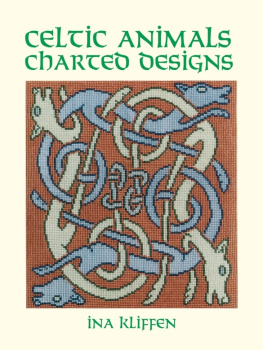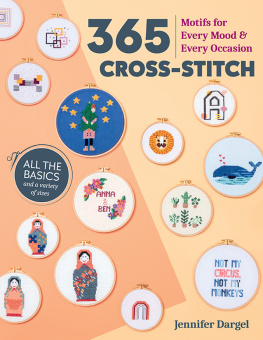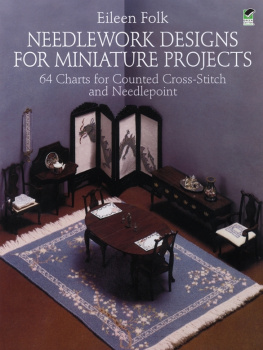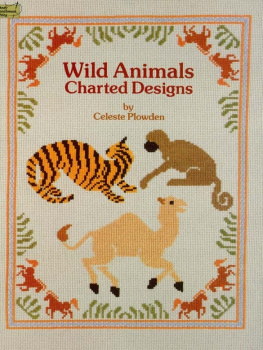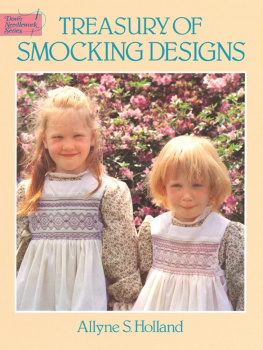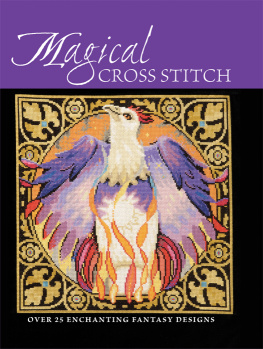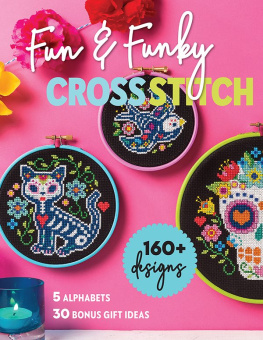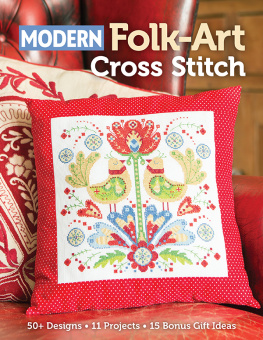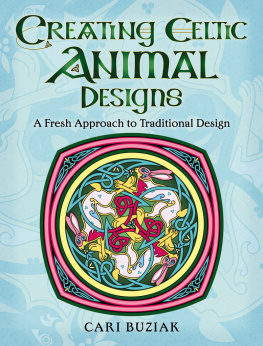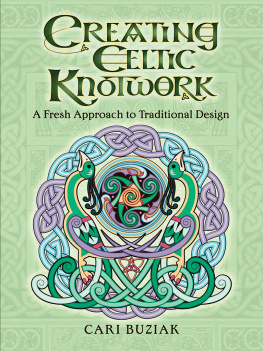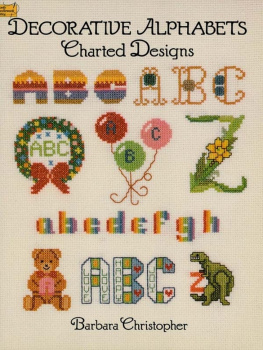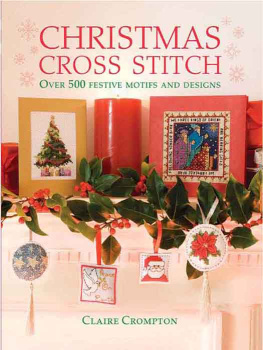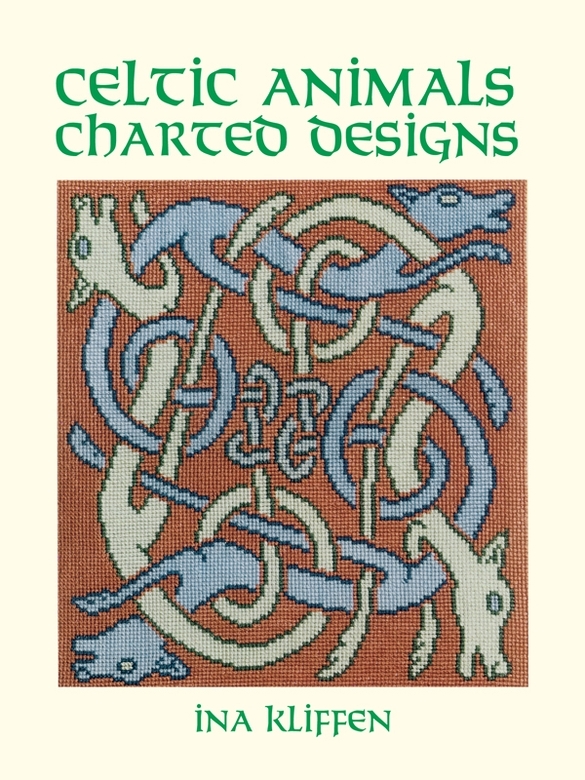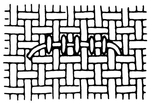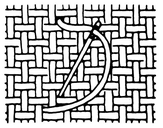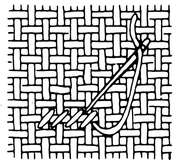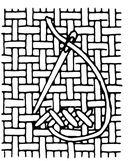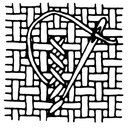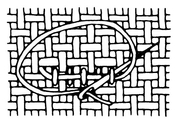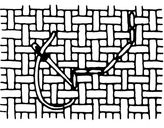Ina Kliffen - Celtic Animals Charted Designs
Here you can read online Ina Kliffen - Celtic Animals Charted Designs full text of the book (entire story) in english for free. Download pdf and epub, get meaning, cover and reviews about this ebook. year: 2012, publisher: Dover Publications, genre: Children. Description of the work, (preface) as well as reviews are available. Best literature library LitArk.com created for fans of good reading and offers a wide selection of genres:
Romance novel
Science fiction
Adventure
Detective
Science
History
Home and family
Prose
Art
Politics
Computer
Non-fiction
Religion
Business
Children
Humor
Choose a favorite category and find really read worthwhile books. Enjoy immersion in the world of imagination, feel the emotions of the characters or learn something new for yourself, make an fascinating discovery.
- Book:Celtic Animals Charted Designs
- Author:
- Publisher:Dover Publications
- Genre:
- Year:2012
- Rating:4 / 5
- Favourites:Add to favourites
- Your mark:
Celtic Animals Charted Designs: summary, description and annotation
We offer to read an annotation, description, summary or preface (depends on what the author of the book "Celtic Animals Charted Designs" wrote himself). If you haven't found the necessary information about the book — write in the comments, we will try to find it.
Included are forty-three carefully devised color-coded charts depicting a variety of strange and mystifying beasts. Intertwined in the traditional snake-like weaves are eye-catching representations of fabulous fauna that will enhance any needlecrafters work.
Complete instructions and easy-to-follow diagrams enable even beginners to embellish clothing, linens, cushion covers, and other domestic items with a menagerie of eye-catching creations. Ideal for cross-stitch, these unusual designs also work well in needlepoint and other counted-stitch techniques.
Ina Kliffen: author's other books
Who wrote Celtic Animals Charted Designs? Find out the surname, the name of the author of the book and a list of all author's works by series.

